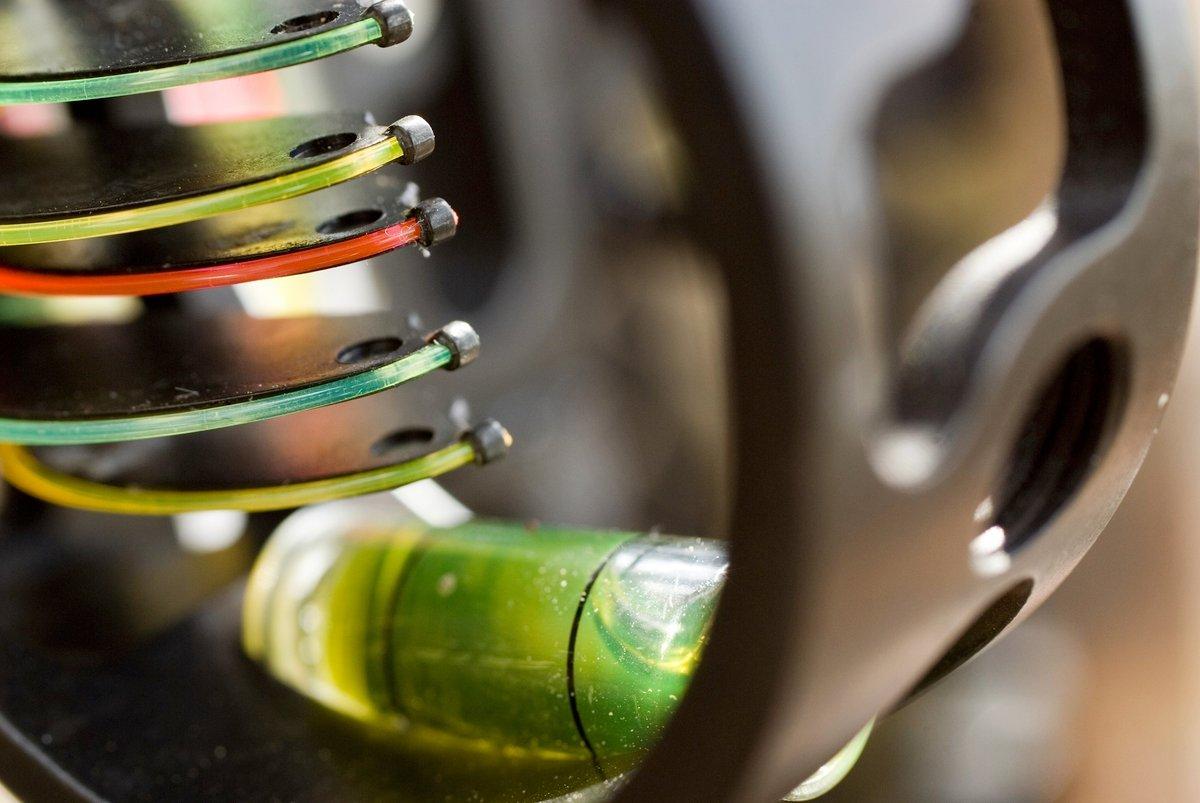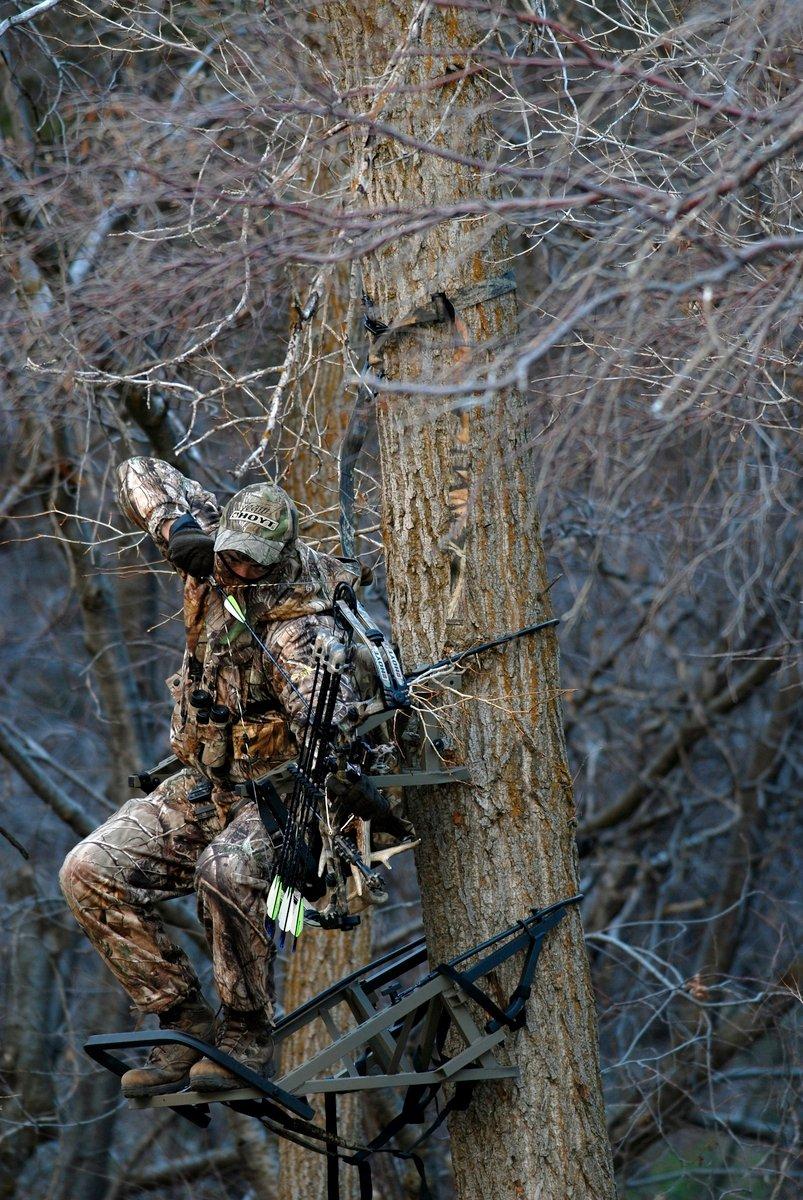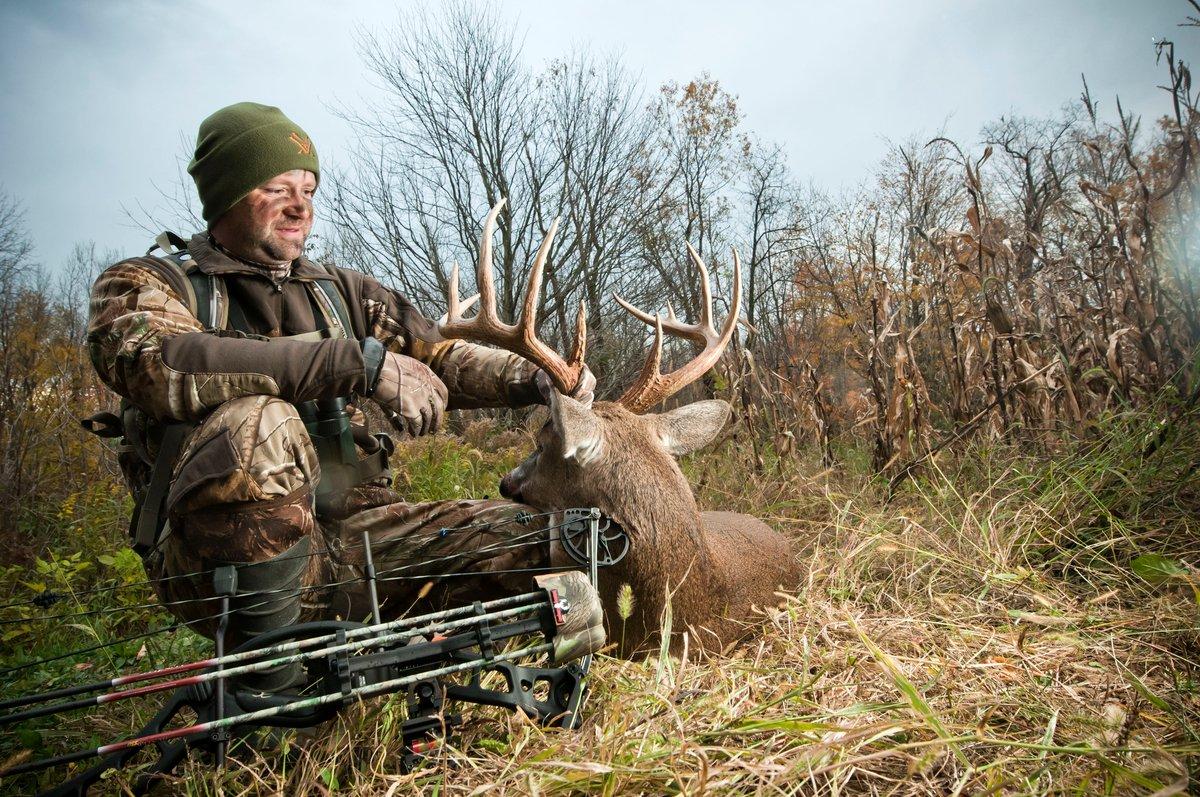Do You Agree or Disagree?
If you were setting up the ultimate whitetail bow, what would it look like?
The Perfect Bow
Whitetails are North America's most popular game, but manufacturers continue producing bows not entirely suited to the playing field. Ultra-fast, super-short bows dominate the market. But speed is overrated, especially in a whitetail context. Short bows are more difficult to shoot consistently when under pressure.
Whitetails rattle me like nothing else. The day can accelerate from absolute inactivity into serious killing mode in a finger-snap. This is why I opt for the highest degree of forgiveness possible when gearing up for whitetails. Fast and short often translate to unforgiving.
This points to middle-ground compromises that combine 32- to 36-inch axle-to-axle lengths with a 7.5- to 8-inch brace height and a silky-smooth draw cycle (that eliminates radical speed cams). Bows this long are less prone to accuracy-robbing torque.
A high brace adds forgiveness (the arrow spends less time on the string) and is generally quieter. A smooth draw cycle is easier on cold, stiff muscles. I also drop my standard draw weight of 70 to 75 pounds to 60 or 65 for whitetails.
The Perfect Sight

Whitetails move best during the low-light minutes, making bright, fiber-optic-backed pins a great thing. Look for models with spooled, aperture-wrapped or extended fibers for the brightest aiming points possible.
Savvy bowhunters also choose large peeps (1/4-inch) used in conjunction with round pin guards. Aligning extra-large-diameter peeps around circular, bright-accented pin guard apertures - instead of centering single pins in a smaller peep - allows repeatable accuracy in the dimmest settings.
The Perfect Rest
Rests have changed rapidly. In recent years, there were two schools of thought regarding arrow rests: total capture or drop-away. The first offers ultimate control but less forgiveness following the release due to tip-to-nock arrow contact. The second offers unsurpassed accuracy through complete fletching clearance (the arrow also spends 25 to 50 percent less time in contact with the bow), but less security while waiting and drawing on game.
That debate was shattered with new classes of capture/fall-away arrow rests that accomplish both tasks in a single design. They hold arrows securely at ready while waiting and drawing but disappear upon release, providing the accuracy benefits of drop-away designs.
The Perfect Arrow

Shot noise equals string jumping. Sound travels at about 1,128 fps; a fast hunting arrow might reach 325 fps. Shooting even 350 fps doesn't translate into beating a whitetail deer to the jump. The trick is to give deer nothing to react to.
Heavier arrows (10 to 12 grains per inch) absorb bow energy more efficiently, penetrate deeper after accidental bone hits and are much quieter after the release. Remember, too, whitetails often live in brushy areas, and heavy arrows are better at staying the course after contacting light twigs or leaves than lighter ones.
Also pertinent to arrow efficiency is broadhead weight. Placing a heavier head up front (a 125-grain instead of 100) adds additional weight for silence, but also boosts front-of-center (FOC) balance, creating a more stable arrow following a sloppy release, and an arrow less prone to deflection following contact with obstacles. This means bumping FOC to 12 to 14 percent instead of standard single-digit percentiles.
In regard to broadheads, while mechanical designs provide easy flight tuning and often wider blood trails, there are tradeoffs. Most deployable blades require additional energy to ensure ample penetration and wide cutting diameters (more than 1.5 inches). Steeper attack angles might require additional push to assure pass-through penetration. Two holes are always better than one, especially when shooting from elevated positions. In general terms, choose broadheads based on delivered energy: cut-on-contact for draw weights less than 50 pounds and draw lengths less than 27 inches; fixed-blade heads with 1 3/16-inch cutting diameters for average 60- to 65-pound draw weights and draw lengths more than 27 inches; and efficient mechanical designs for draw weights more than 70 pounds.
Complete Silence
Compound bows become quieter every year. Yet in whitetail hunting, there's no such thing as too quiet. Even if your bow came out of the box equipped with silencing gear, it doesn't hurt to add more. Aftermarket antivibration/silencing gear works wonders on squelching annoying hums and buzzes produced by add-on accessories or particular parts of your bow. Also consider an active stabilizer, a product designed to suck unwanted vibrations from any compound while also lending balance. Of course, no bow is whitetail ready without adhesive-backed arrow-shelf padding and string silencers (even if it includes string bumpers/suppressors).
While bowhunting whitetails, we rarely shoot far, but we do need to shoot well under sometimes excruciating pressure, accompanied by stiff muscles from cold and inactivity. Whitetails are also tightly wound, requiring the quietest bows possible. Meeting these demands isn't difficult, but it can sometimes mean bucking established conventions.
Don't Miss: 20 Deer Hunting Lies Your Granddaddy Told You
Editor's Note: This was originally published on October 17, 2011.
Are you a bowhunter wanting to learn how to accomplish your goals? Check out our stories, videos and hard-hitting how-to's on bowhunting.







